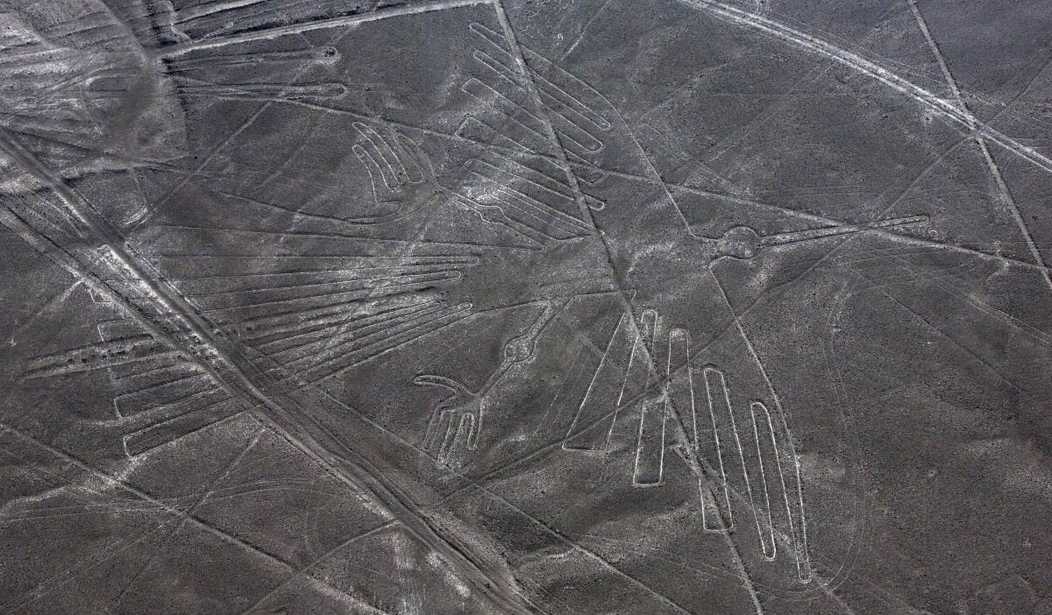A trucker in Peru ignored warning signs and drove on to one of the most precious archaeological sites on earth. The Nazca Lines — a series of geoglyphs carved into the Peruvian desert 2,000 years ago — were damaged over a 164-foot by 328-foot area.
It is unclear whether the driver intended to cause the damage.
The Nazca Lines were etched into the arid ground by the region’s ancient inhabitants approximately 2,000 years ago. They stretch across an area of about 280 square miles, depicting animals, plants, mythical creatures and geometrical figures, according to the United Nations Education, Scientific and Cultural Organization, which declared the area a UNESCO World Heritage Site in 1994.
“They are the most outstanding group of geoglyphs anywhere in the world and are unmatched in its extent, magnitude, quantity, size, diversity and ancient tradition to any similar work in the world,” UNESCO said.
Peru’s Ministry of Culture said it’s working in coordination with Nazca’s prosecutor’s office on the investigation, as authorities pursue charges against the truck driver.
Peru’s Public Ministry had sought nine months of preventive detention and a fine of 5,000 Peruvian soles, or about $1,550, while the investigation continues. But a judge on Tuesday concluded there wasn’t sufficient evidence to indicate the driver acted with intent, according to Peruvian newspaper Peru21.
The Public Ministry subsequently announced that Nazca’s prosecutor was appealing the judge’s decision.
Details of the Nazca Lines can only be seen from the air. The lines were drawn with near geometric precision leading to questions about how an ancient people, lacking knowledge of advanced mathematics and without sophisticated measuring tools, could have been so precise in their measurements to draw birds, insects, and mammals with such breathtaking accuracy.
Because of the mystery surrounding their origin, the Nazca Lines are regularly cited by ancient astronaut enthusiasts as proof the earth has been visited by aliens.
But this isn’t a Sistine Chapel where you can simply restore what has been damaged. Since no one can even guess at how they were constructed, it will be a real challenge to figure out how to go about the restoration.
Of course, we today have all the tools necessary to smooth over the dirt and make an approximation of the lines. They would probably look presentable. But, taking the Sistine Chapel as an example, it would be as if they used Glidden Paint during the restoration of Michelangelo’s masterpiece in the 1980s. Restoration experts who worked on the chapel used paints with the exact chemical signature used by the artist. Wherever possible, they used tools and techniques from the early 16th century.
Sadly, they will probably be unable to duplicate the methods of the ancients whose geoglyphs still excite awe and wonder in people today.










Join the conversation as a VIP Member